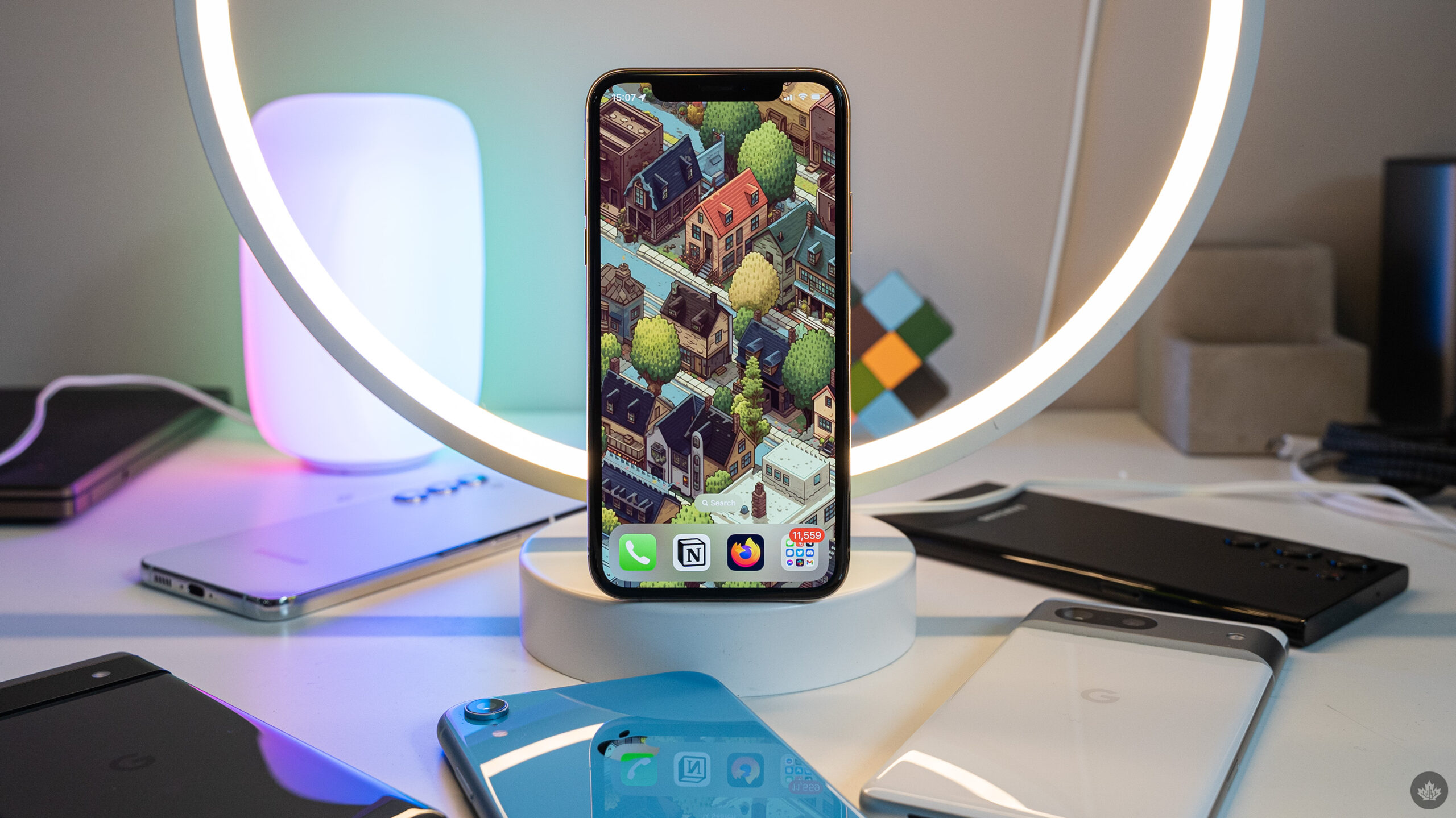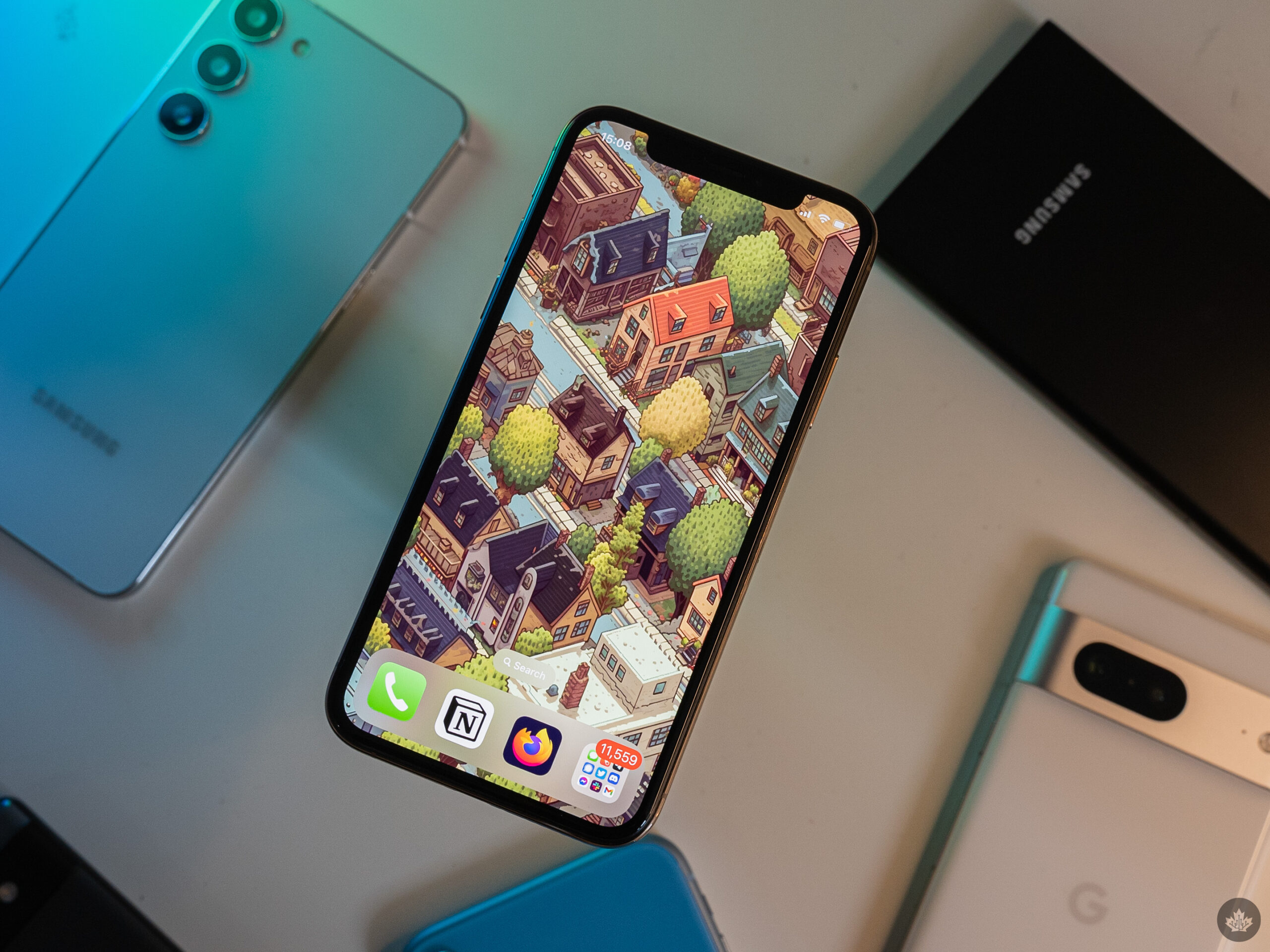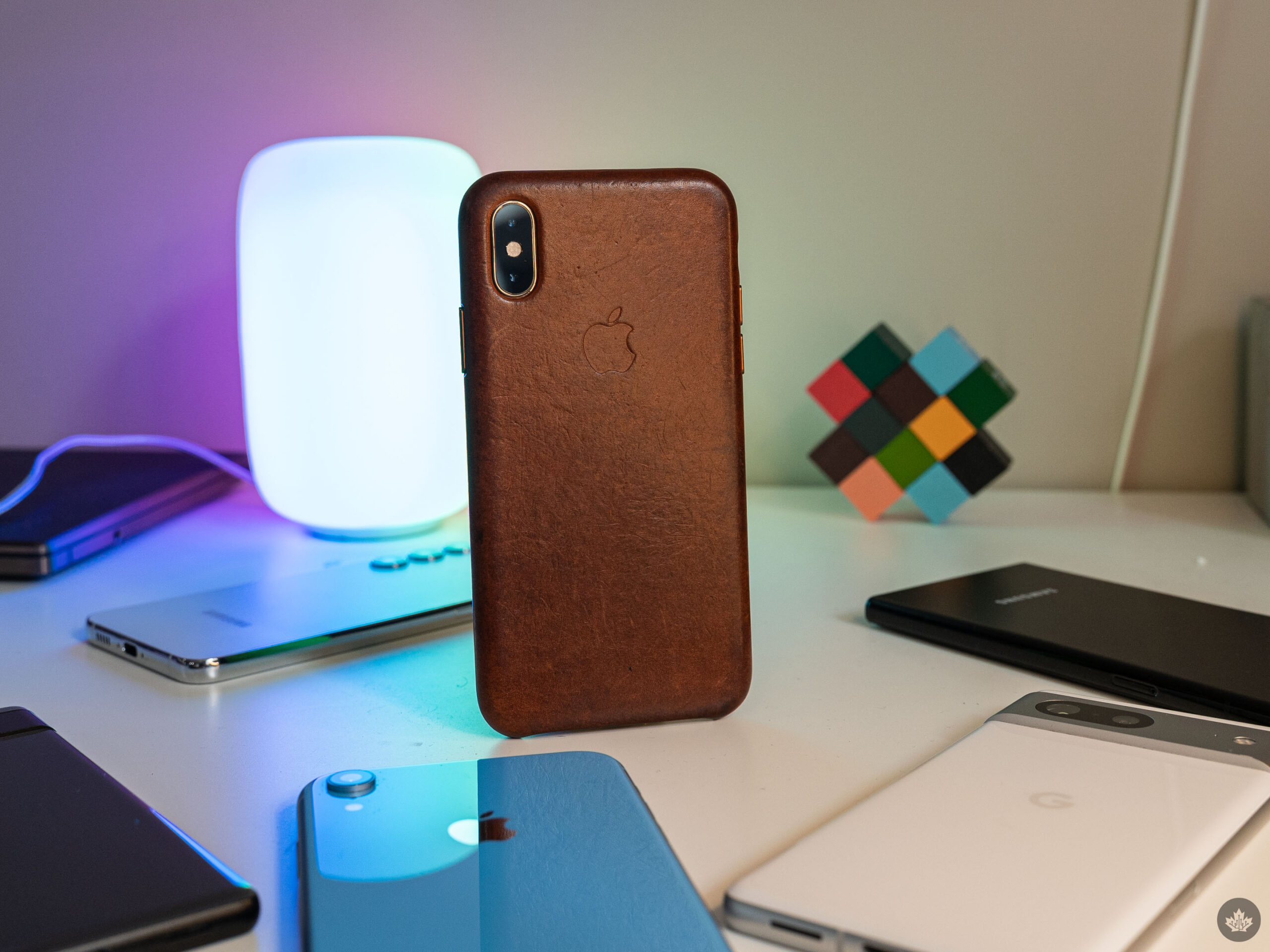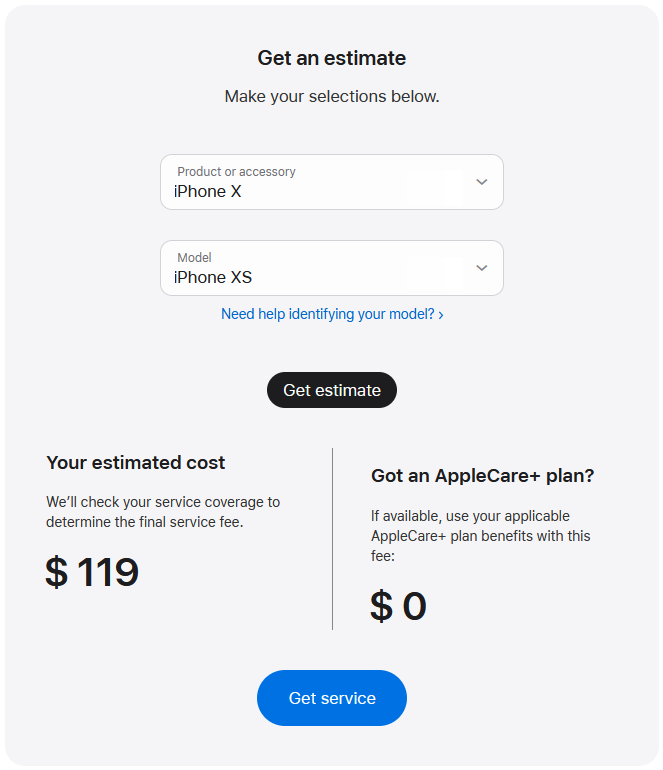
September — and by extension, the iPhone 15 series — may still be several months away, but somewhere out there, someone is thinking about upgrading their iPhone. But unless you just smashed your phone into smithereens, chances are you really don’t need to upgrade.
Take it from me. Thanks to my job, I get to play around with the newest smartphones on a regular basis, and as exciting as new devices are, I consistently find the differences from one generation to the next are minimal, both for iPhones and Android phones.
The truth is, unless your phone is damaged beyond repair or no longer receiving software and security updates, there’s little reason to upgrade.
Using a five-year-old iPhone for weeks reminded me even old phones are good

I spent the last few weeks using an iPhone XS, which launched in 2018, and it worked great aside from some battery issues (which are to be expected in a five-year-old smartphone). I started using my old XS after putting my Pixel 7 on the Android 14 beta and encountering more bugs than expected. I should have followed my own advice and not put the beta on my daily driver, but here we are.
Instead of wiping my Pixel 7 and going back to Android 13, I figured I’d swap my SIM into the XS and wait for an inevitable update. But even after a patch fixed some (but not all) of my issues with Android 14, I kept on trucking with the XS.
Not only did the XS meet all of my needs from a phone, I actually enjoyed using it for a few reasons. And no, it wasn’t because iOS is better than Android — I actually prefer Android most of the time.
It was the size.
The iPhone XS sports a 5.8-inch display and measures in at a comfortable 143.6 x 70.9 x 7.7mm, making it one of the best smartphone sizes for my hands. In truth, I actually prefer the ever-so-slightly narrower Pixel 3 size (5.5-inch screen and 145.6 x 68.2 x 7.9 mm dimensions), but sadly, the Pixel 3 doesn’t get official software support anymore, and I just don’t have the time to keep it alive with custom ROMs — more power to those who do.
These days, smartphones are increasingly large. In Apple’s current lineup, the iPhone 14 is the smallest, with its 6.1-inch display and 146.7 x 71.5 x 7.8 mm dimensions, admittedly close to the XS but still slightly larger. Apple killed off its iPhone mini line, sadly, with its blessedly-minuscule 5.4-inch screen and 131.5 x 64.2 x 7.7 mm footprint.
Of course, phone size is one of many factors. It’s also incredibly subjective, and I know I’m in the minority when it comes to preferring smaller devices. But as I used the iPhone XS, I kept having the same realization: it might not be as good as a newer phone, but it’s still good.
Not the best doesn’t mean bad

Aged like fine wine
Take the camera. The iPhone XS camera isn’t as good as my Pixel 7 camera. But it isn’t bad! I take a ton of pictures of my daughter because she keeps doing cute and crazy stuff. I was more than happy with the pictures I snapped with my iPhone XS, even if the Pixel 7 would have been better.
Similarly, newer phones have more powerful and capable chipsets, but the iPhone XS still worked great for everything I do on my phone. From surfing the web to messaging friends to browsing social media, everything worked smoothly. I was even able to play games without a hitch, even if they didn’t look quite as good as they would on a newer iPhone.
Sure, maybe apps would have loaded faster on an iPhone 14, but so what? The iPhone XS wasn’t slow!
And some of you might be wondering about 5G. The iPhone XS doesn’t have 5G. I don’t care.
I’ve used 5G in Canada before, and though I haven’t tested 5G+ yet, I’m confident it won’t blow me away. Frankly, I don’t think it’s worth the cost — I got the $45/mo 50GB Black Friday deal from Fido and I’d rather have that with my “slow” LTE than pay nearly double for half as much “fast 5G” data. Moreover, Fido caps its LTE data speed at 150Mbps and I don’t think I’ve seen any of my phones hit that. I highly doubt I’d hit the 1Gbps cap other carriers have on their 5G+ plans.
On top of that, those who get phones from carriers can save on their monthly wireless bills by holding onto their devices after paying them off.

The only real issue I had with the iPhone XS was the battery life, and as I said above, it’s to be expected from a five-year-old phone (not to mention a common problem with small phones). Apple offers options for battery replacements — the company’s website gave me an estimated $119 cost to replace the battery in my iPhone XS (you can get an estimate for your iPhone here). $119 is a lot, but it’s also significantly less than a new iPhone.
Most of the above applies to Android phones as well, though pricing for things like battery replacements might differ. It’s also important to note that most Android phones don’t receive software support as long as iPhones do, though that gap is shrinking. On the flip side, Android phone owners can — if they’re up to the task — use custom ROMs to extend the life of their phone beyond the end of manufacturer support.
All this is to say that most people should think twice before rushing to upgrade their smartphones. There are numerous upsides to holding onto a phone longer. The only real drawback is you might miss out on a shiny new feature, but how many new features are worth the cost of an upgrade? Not many.
MobileSyrup may earn a commission from purchases made via our links, which helps fund the journalism we provide free on our website. These links do not influence our editorial content. Support us here.


